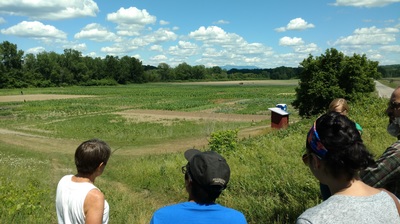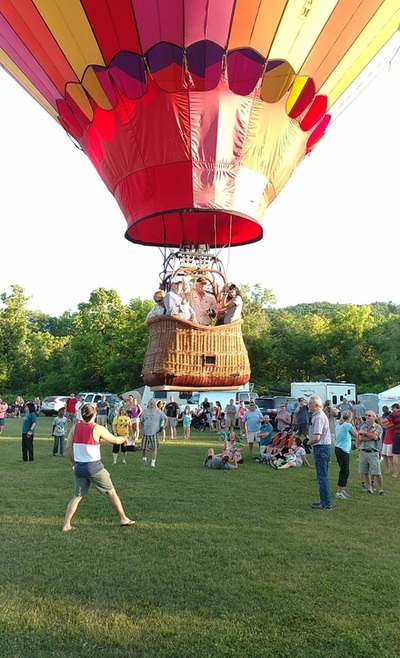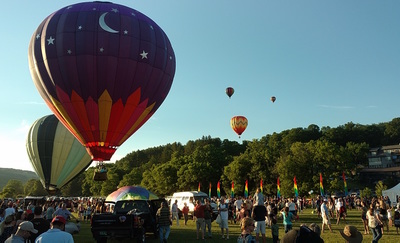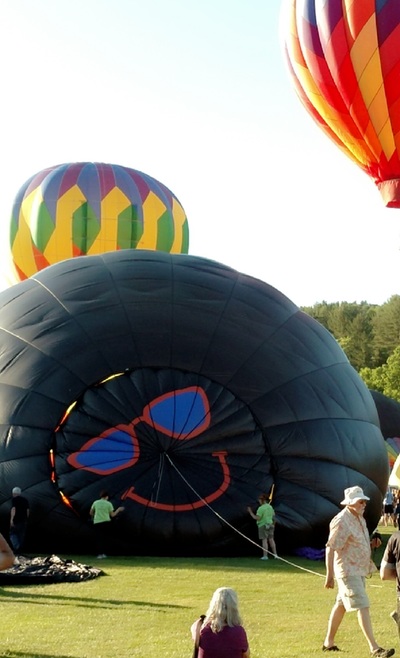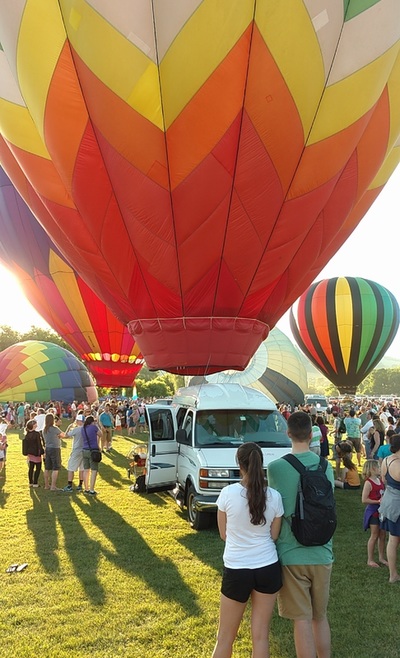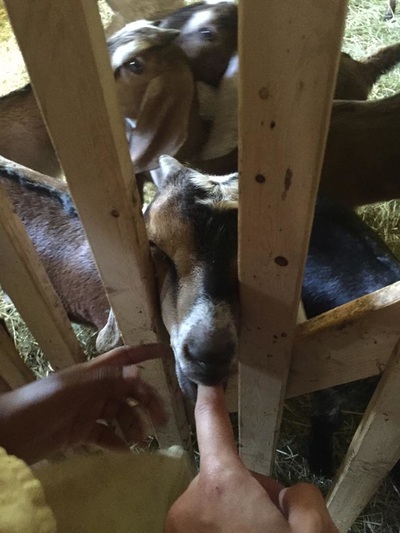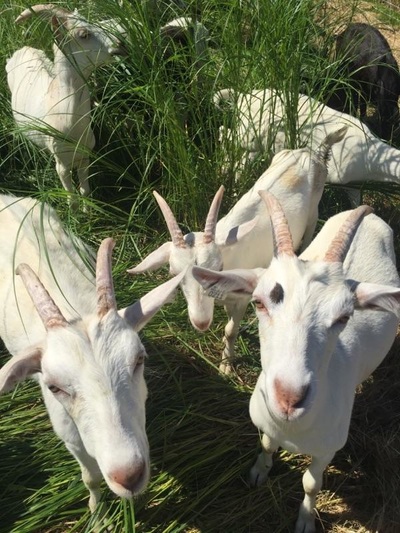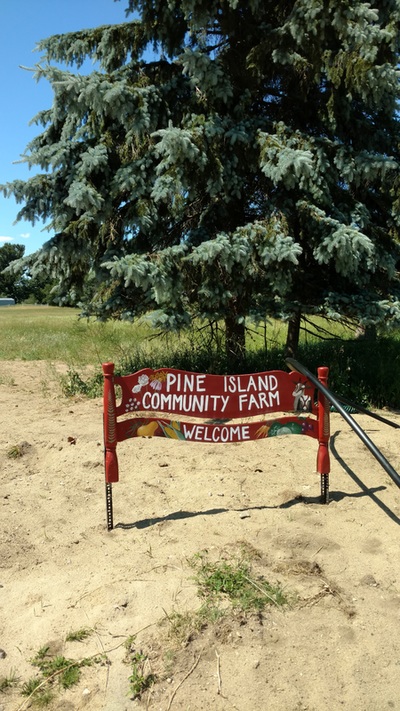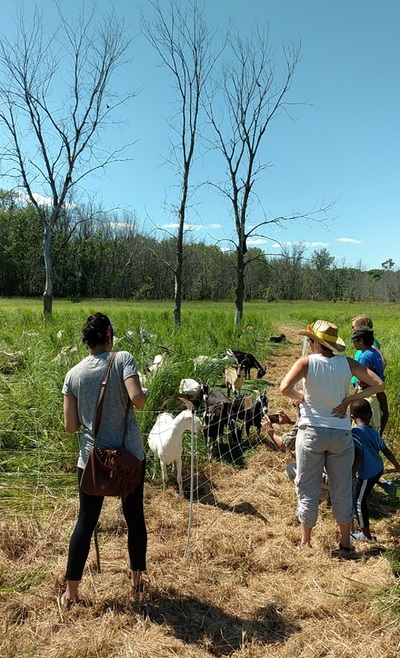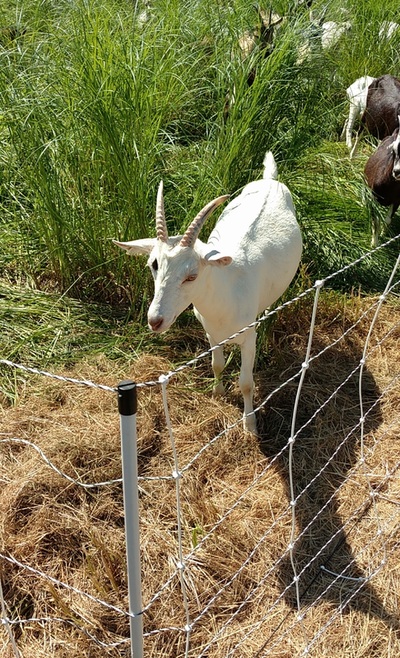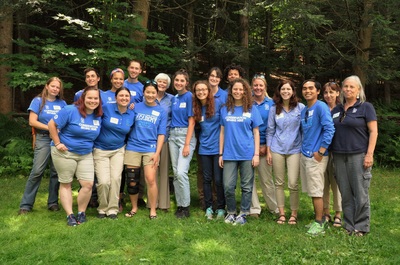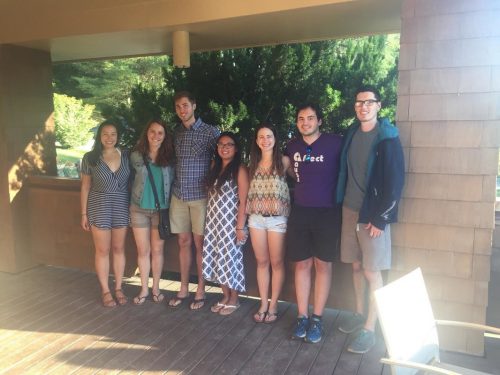I’ve been here in Vermont almost a month now (discounting flying back for #datYoungHoyerwedding) and I’m realizing that saying I’m working at a national park out here doesn’t provide much context for the actual work I’m doing, the park’s history and atmosphere, or even my motivation for fleeing Illinois to the East coast.
Back in February and March with graduation looming, I thought about what I wanted to do come summertime and it sure as hell wasn’t transitioning straight into the working world. I have previously worked for the SCA way back in 2011, on a high school student crew working at Valley Forge National Historical Park. The SCA and other similar organizations do a good job of placing people out in natural spaces (mainly national parks) where they can do meaningful work outdoors and gain experience in the field of conservation management or natural resources.
I applied for over 20 positions in parks all over the country, spanning coast to coast and even some in Alaska and Hawaii. My current position in VT was appealing because I had previous experience with invasive species removal, it was out in a part of the country in which I haven’t spent a great deal of time, and the people I interviewed with were really nice. As many of you know, I’m a motivated individual, but I definitely prioritize human relationships more often than occupational progression and I wanted to take this summer as a relaxing, constructive summer rather than jumping hastily into a job search.

After flying back a few weekends ago from the wedding, I was finally ready to plant my roots in Vermont for the next 2.5 months. It’s incredible how in such a short time you begin to feel comfortable in a new area and feel like you belong. With much of the internship orientation already completed, the second week of work was geared toward getting out in the field and pulling some invasive plants. I briefly mentioned my job before, but I’ll go into more detail so you can truly appreciate the intricacies of invasive species removal.
Ok, so it’s basically glorified weeding. But wait, we actually get to do some pretty cool things. The Marsh-Billings-Rockefeller National Historical Park has a lengthy list of invasive plant species (maybe around 40-50 total), and it’s our job (Jacodie and myself) to help contain the spread of these plants and maintain a healthy spread of native and protected species in the park. We work under the Natural Resources manager of the park, Kyle Jones, who has told us not to look up his name online because there is another man with the same name who specializes in marrying old women. I’m not exactly sure what that means, but I know enough about the scary depths of the internet not to go looking.
We also work with a woman named Christine, who also works under Kyle during the field season and spends the school year working and teaching in the greenhouses of the Woodstock Union High School nearby. Each day, we begin by gearing up and deciding which species we will be tackling and where in the park infestations may be. In order to track the spread of these invasives, we take GPS points at all known locations and separate them by species. Later, we consolidate all of the points and create maps using ArcMap and GIS to visualize where in the park all the invasive species inhabit and to track how populations change from year to year. For 2016, there are 15 species flagged for priority treatment, EDRR (Early Detection Rapid Response) species that haven’t taken over the park drastically yet.
The hope is that by finding these populations early on and taking the appropriate measures, the spread will be stymied before things get too out of hand. And let me say after picking garlic mustard for entire days, hours at a time, you do not want your invasive plant populations to get to that point. The work is strangely relaxing and it is incredibly nice to work outside all day; the tiring walking is offset by warming sunshine and a nice breeze in my “office space”. My work schedule is 7am-3:30pm every weekday, and it’s nice to start and end early and have so much time at the end of the day for whatever I want to do. By the end of the day, I get pretty exhausted and lovingly embrace my sleep (ironically before I actually fall asleep, when I close my eyes I see images of these invasive plants, their images burned into the insides of my eyelids from staring at them all day.)


Besides field work, the internship also has components of training, historical tours around the park, and professional development trips and seminars. The M-B-R Park has a dualistic draw; people come from all over for the hiking trails and environmental beauty and they also come to see the historical Rockefeller mansion and grounds. Surprisingly to many of you, the national park I work at was not opened until 1998.
The farm was originally owned by the family of George Perkins Marsh, an impressive man who not only could speak 19 languages, but also served as a U.S. ambassador in Turkey in the 1800’s. He was one of the first Vermont natives to promote the importance of land conservation and stewardship, inspired by seeing how land overuse in Eastern Europe had all but destroyed the natural landscape there. The Marsh property was later purchased by a man named Frederick Billings, who grew up in Woodstock admiring the beautiful Marsh property up on the hill. Billings moved out to California in the mid 1800’s and made a fortune as a claims lawyer during the gold rush. He later moved back to Woodstock, fortune in hand, and purchased the Marsh lands and actualized his childhood dream of opening a managed forest and dairy farm. The park’s namesake story comes full circle as I tell you that Billings’ granddaughter, Mary Billings French, married Laurance Rockefeller in the 1930’s. Together, they created a legacy of land management and emphasis on stewardship leading to the creation of the public MBR NHP.
During the second week of the internship, the park staff really emphasized trying to connect with the park’s treasured history and meeting people from all the park’s separate operating units. We took a tour of the Rockefeller mansion, strolling through hallways and rooms preserved in the same state in which they were left over twenty years ago. Understandably, a Rockefeller residence contains some serious knick-knacks, expensive toys guarded throughout the years that are now open to public viewing. The back half of the mansion has been converted into office space and staff rooms, but it was really cool to ‘live like a Rockefeller’ for the duration of the tour. That week, we also spent a morning working with an outside forestry group that manages various national park spaces and completes plot-based measurements for long-term assessment, took a birding tour around Marsh-Billings-Rockefeller, and even had some wacky animal encounters while exploring the park and Vermont in general.
Traipsing around the more secluded and untouched parts of the park, you’d expect us invasive plant people to see more than our fair share of interesting wildlife, but we’ve had quite a few interesting encounters in a short amount of time. While walking through the Summer Pasture (a large grass field set aside for cattle grazing in the fall) we stumbled upon a baby deer hiding in the grass. Too scared to run, it continued to shrink lower and lower to the ground trying to evade the obnoxious hustling and bustling of us fighting our way through the shoulder-height grasses.
On another occasion (actually the aforementioned bird walk) I happened to look up the slope through the trees and see a scampering fisher. Not an old man hopelessly casting for catfish or a benevolent man in the Pokémon universe giving you a super rod to catch pitiable Magikarp. Fishers are in fact a small mammal related to martens and weasels and are one of the few animals able to successfully prey on porcupines. Speaking of which, while working in an area infested by invasive garlic mustard we had some quite noisy company that turned out to be a plump porcupine shifting above in the tree canopy above. Honorable mentions to the massive box turtle crossing the road one morning on our way to work and the curious fox hanging around the Quechee covered bridge.

Baby deer hiding in the Summer Pasture 

Our plump porcupine friend
My first full weekend in Quechee also happened to coincide with the town’s largest annual event, a hot air balloon festival that draws thousands of people into a town whose only offerings are a country club, a pottery/glass-blowing studio, and… that actually might be it. The festival comprises tent vendors from local restaurants, crafts businesses, and of course hot air balloon rides (which are wayyyy too expensive for my budget). It was pretty cool to see ~15-20 balloons take off into the sunset, their brightly colored faces striking against the watercolored sunset backdrop. The next day, Jacodie and I decided to visit another local hotspot, the Quechee Gorge. Part of a state forest and campsite not even five minutes from our condo, the gorge provides an amazing view of the area and rocky swimming holes for a hot sunny day. The rocks are a bit sharp and jagged, but that didn’t stop me from leaping like a gazelle on my beeline to the water.



After such an event-filled weekend, it back to the invasive plant grind for the following week. Work was pretty standard, but I spent a lot of my free time looking for a local gym and a local yoga studio, some end-of-the-day activities to keep me busy as the summer goes on. It’s also a park tradition to hit up Thursday night trivia at a local bar called the Public House. I went with another intern from MBR who works on a research team for the parks’ rivers and trails systems and also with 5 interns from our sister national park, Saint-Gaudens National Historic Site in Cornish, NH.
The five of them mostly come from a history background (three are curator staff, one works with park interpretation, and one is the resident park sculptor), so naturally we killed the “Military Leaders” category. There’s also an infamous team called ‘The Stepdads’ that has a winning streak dating way back and it’s become our goal to dethrone them at least once. The following night, the Saint-Gaudens interns hosted a bonfire at their place, a staff house on-site at their park. It was great to mix interns from both parks and get out of Quechee for the night. Also present at the bonfire was an older couple (Stan and Nita, from Mississippi) who are spending the summer as volunteer staff at Saint-Gaudens. 70 years young, it was great to meet them and Nita and I even bonded over our love of tennis, promising each other at least one match before we leave.
The next week, Jacodie and I finally were able to secure our Department of Interior cards, solidifying our place in the government hierarchy and allowing us access to the computer system at MBR. We had to drive from the park to Rutland, the second largest city in Vermont, for a five minute appointment to activate the cards. The roundtrip drive was about 90 minutes. Talk about government efficiency. Regardless, it was really interesting to see more of Vermont and break up the work week with travel.
While in Rutland, we decided to grab lunch at the Yellow Deli, an intriguing restaurant owned by a religious cult called the Twelve Tribes. They operate nationwide and almost take a communistic approach to shared existence, while somehow churning out the best sandwiches and smoothie I’ve tasted in a while (and at a reasonable price!). The restaurant itself had a really beautiful interior of wood and earthy memorabilia, peaceful ambient music, and we all made it out without being inducted into the cult. Talk about success.

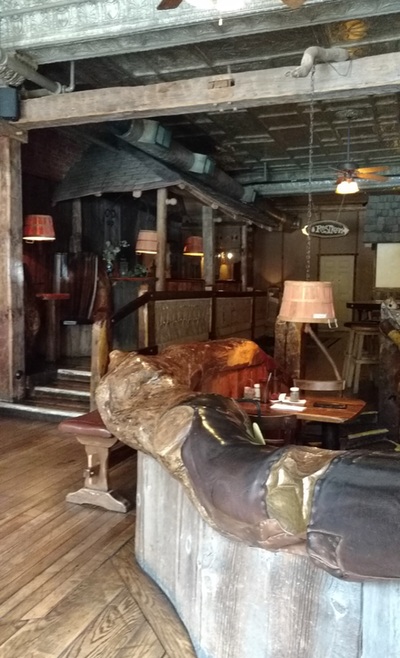
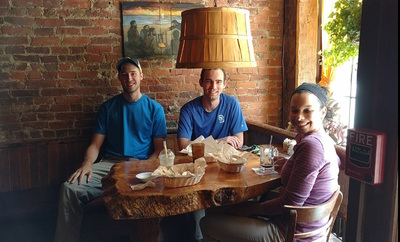
The next day, we were grateful for yet another field trip, this time up to Colchester, VT near Lake Champlaign. We drove through Burlington (VT’s largest city) and stopped for a delicious brunch – I ordered the corn bread maple french toast, just as innovative and scrumptious as you can imagine. Our final destination was the Pine Island Community Farm, an incredible collaborative operation in Colchester that employs new American families, mostly African and Middle Eastern immigrants for farming native crops, goats, and chickens.
It was truly inspiring to hear about the success of these families, how the surrounding communities have welcomed immigrants (especially in these fairly xenophobic times) and contributed what they can to ensure the farm’s success. We even met some two of the farmers’ kids, 4- and 5-year old Kevin and Solange. We were hoping to hear about how the farm operates logistically and humanistically and brainstorm for how the National Park Service can possibly use under-utilized NPS land for similar collaborative efforts and community outreach.
It was by far my favorite experience so far and I’m really enjoying how this internship has introduced me to so many interesting people and allows me to really experience all that VT, MBR, and the Northeast have to offer. For the sake of brevity, I’ll end this post here (as I tend to get long-winded and realize how many thoughts I have to share), but look forward to a future post encompassing my 4th of July holiday weekend and much more about the great work we’re achieving here at the park.
Your favorite almost 22-year-old,
Nathan
